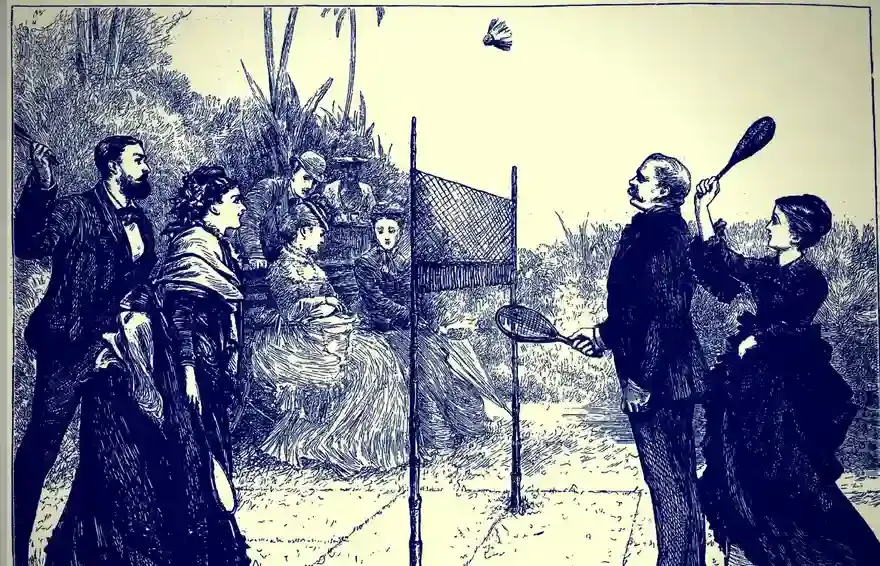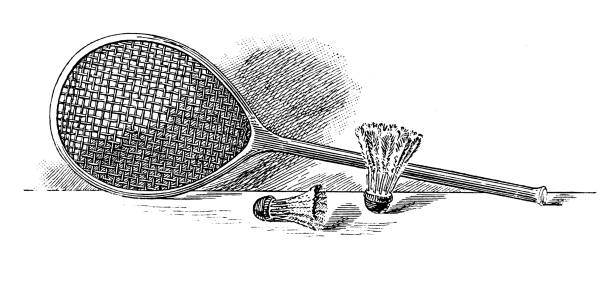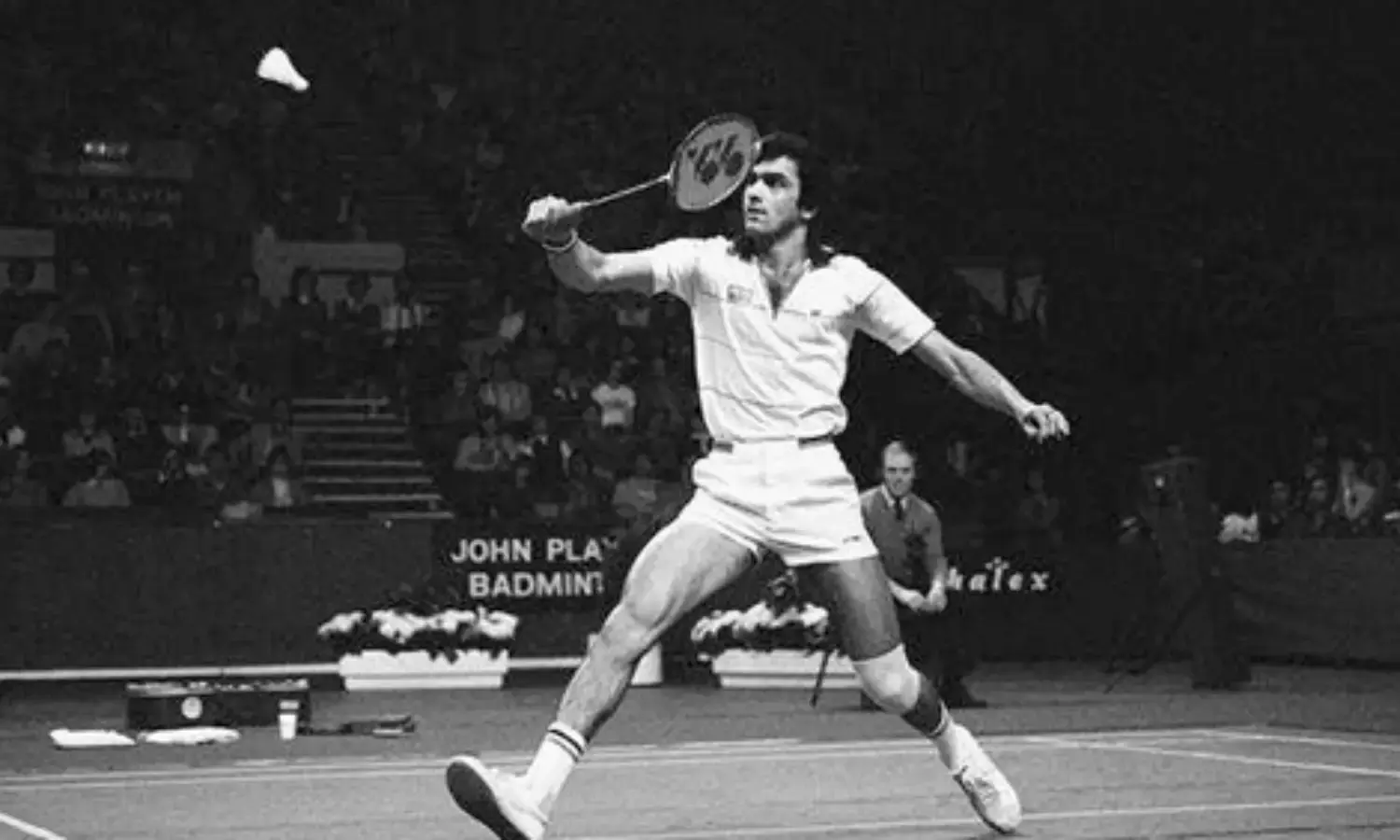


Badminton’s history spans millennia, intertwining ancient games from multiple continents with colonial innovation. While its exact origins remain debated, evidence points to early forms of the sport emerging over 2,000 years ago.
Games involving feathered shuttlecocks and paddles—known as battledore and shuttlecock—were played in ancient Greece, China, India, and Japan. In China, "Ti Jian Zi" involved kicking a shuttlecock, while India’s "Poona" (or "Poonah") used rudimentary rackets. These games focused on keeping the shuttlecock airborne, a concept that would later evolve into competitive play.
British officers stationed in Pune (then Poona), India, in the mid-19th century encountered local shuttlecock games and adapted them by adding a net and structured rules. Dubbed the "Poona game," it became a popular pastime among soldiers and their families. The first informal rules were codified in India by 1867, including court dimensions and net height.
Retired officers introduced the game to England, where it gained traction at the Duke of Beaufort’s Gloucestershire estate, Badminton House, in 1873. The sport’s name derives from this location, though the exact reason remains unclear. Here, the game shifted from a cooperative rally to a competitive net-based sport, with players aiming to outscore opponents.
The Bath Badminton Club, established in 1877, formalized the first official rules, including court size and scoring. By 1893, the Badminton Association of England was founded, cementing the sport’s governance. The inaugural All England Championships in 1899 marked badminton’s transition into a professional sport.
The International Badminton Federation (now Badminton World Federation, BWF) formed in 1934, uniting nine nations to oversee global competitions. Badminton debuted as an Olympic sport in 1992, solidifying its status as a premier racket discipline. India, the birthplace of Poona, remains a powerhouse, producing legends like P.V. Sindhu and hosting major BWF tournaments.
From its humble beginnings as a colonial pastime to its Olympic recognition, badminton’s journey reflects cultural exchange and sporting evolution. Today, it thrives as a dynamic blend of agility and strategy, enjoyed by millions worldwide.